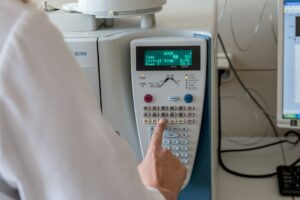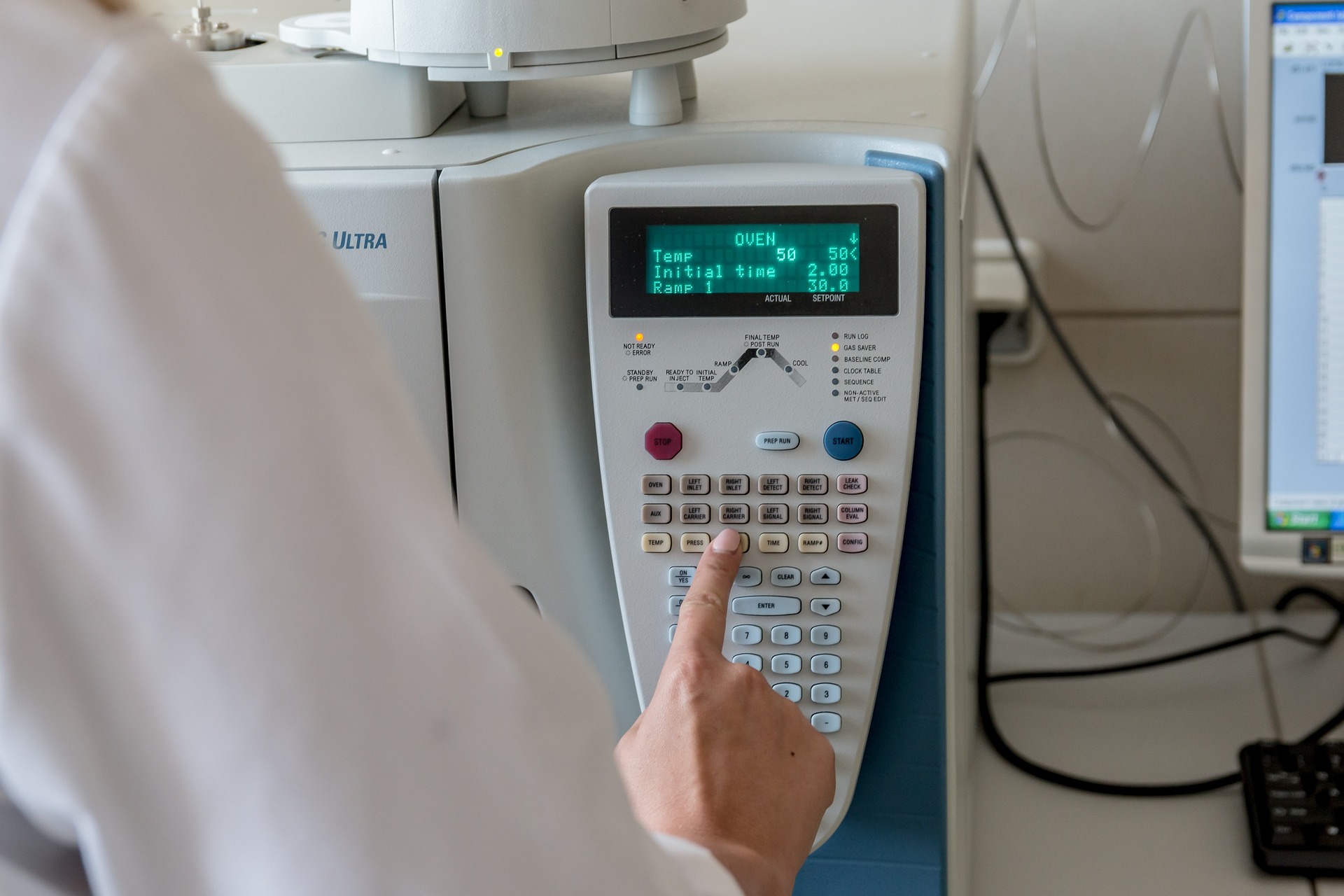A lipid profile is one of the commonest blood tests performed to identify your risk of cardiovascular disease. This test measures the concentrations of various lipid molecules in your blood. Which contributes to generating cardiovascular diseases in your body.
Lipids can be defined as fatty compounds in our body that perform many important functions such as in below.
- Energy reservation
- Hormone regulation
- The transmission of nerve impulses
- Transporting fat-soluble vitamins, and many more functions.
Although lipids are essential to maintain the proper functioning of our body. If there are too many lipids in your body, it will make you predisposed to get cardiovascular diseases. Such as heart attacks, heart diseases, and strokes. Besides that, this test will identify abnormalities in lipid concentrations in your blood before you develop complications.
Components of a Lipid Profile
There are five main components or else five different types of lipids are measured by lipid profile.

- Low-density lipoprotein cholesterol level (LDL-C) – This lipid is considered the unhealthy type that can get accumulated in the lining of your blood vessels and reduce the size of the lumen of the blood vessels increasing your risk of getting cardiovascular diseases. The concentration of LDL-C in your blood will be measured under this component which will define the risk it has to your health.
- High-density lipoprotein cholesterol level – (HDL-C) – This lipid is considered the healthy type that decreases the accumulation of unhealthy LDL-C molecules in your blood vessels while reducing the risk of getting cardiovascular diseases. Further, the concentration of HDL-C in your blood will be measured under this component and if you are having a high level it will indicate that you are having reduced risk of the development of complications.
- Triglyceride level – This is the type of lipid that stores unused calories and provide you with energy to perform your daily activities. But abnormal levels of triglycerides can increase the risk of your heart as well as your pancreas getting damaged.
- Very low-density lipoprotein cholesterol (VLDL-C) level – This type of lipid is present in a very low amount in your blood; an increase in this level can indicate abnormalities of lipid metabolism in your body.
- Total cholesterol level – This component will give the total LDL-C, HDL-C, and VLDL-C concentration in your blood while giving an overall idea of the lipid concentration in your body.
What are the Uses of this Test?
- Your medical officer will recommend you undergo this test to diagnose if you are having any conditions such as hyperlipidemia, dyslipidemia, or any abnormalities in lipid metabolism. In further if you are having risk factors that make you predisposed to get these conditions you will have to undergo this test to exclude the presence of those conditions.
- If you are having any clinical signs and symptoms suggestive of lipid disorders or cardiovascular diseases, you will be recommended to get this test done to confirm the diagnosis.
- You are a patient that previously diagnosed to be having lipid disorders. So then you will be advised to undergo this test regularly to identify the response of your body towards medications or lifestyle changes.
- If you have any liver diseases you can get abnormalities in lipid metabolism as well and this test can be performed to detect such complications of liver diseases as well.
How to Prepare for the Lipid Profile Test?
This test requires some preparation, which includes fasting for 12 to 14 hours. You should avoid having any food or drinks except for water for a minimum duration of 12 hours. But it is important to get advised about the exact time duration you need to remain fasting from your medical officer before the test. As some lipid profile tests are performed without fasting as well. Also, you must inform all the medications that you are currently having to your medical officer. Then he will advice on which drugs to be stopped before the test. Because some medications can cause alterations in your results.
How Is the Procedure Done?
Normally the person who takes the blood sample will initially clean your arm and then insert a needle. Usually, blood is taken from the medial aspect of the middle of the arm and normally venous blood is taken for this test. The needle may sting or pinch a little initially, but it doesn’t hurt a lot. By inserting the needle, a sample of blood will be withdrawn and collected into a tube. Then the needle will be slowly removed while placing a bandage on your arm. The sample taken from you will be sent to the biochemistry laboratory for analysis.
After the test is done the pinched site will be covered by a piece of gauze on your arm. And secured by a tape. You will feel sore around the site of injection for a few hours. And later you may develop a small bruise at the injection site. You can return to your usual activities right after the test is performed. Also, the results of this test will be available for you within hours to days.
How to Interpret the Results of Lipid Profile

The normal ranges of each component measured in the lipid profile are as mentioned below.
- Total cholesterol: Below 200 mg/dL.
- High-density lipoprotein (HDL) cholesterol: Above 60 mg/dL.
- Low-density lipoprotein (LDL) cholesterol: Below 100 mg/dL (For people who have diabetes: Below 70 mg/dL).
- Triglycerides: Below 150 mg/dL
If you are having high total cholesterol levels, high LDDL-C levels, and low HDL-C levels it indicates an increased risk to get cardiovascular disease. According to the results the risk can be classified as high risk, intermediate risk, or low risk. But it is important to consider the other comorbidities you have, your age, and other medications you are on before determination of risk towards the development of cardiovascular diseases which will be done by your medical officer after analysis of your results.
What Can You Do If You Get Abnormal Lipid Levels?
If you get a result that indicates an increased risk of development of cardiovascular disease as mentioned above it is important to meet your doctor as soon as possible. Then your doctor will decide whether you need to be prescribed lipid-lowering medications or lifestyle modifications alone will be adequate. If you are prescribed lipid-lowering drugs it is important to have them on time and have good compliance. Also, it is important to have regular monitoring of your lipid profile along with proper follow-up with your doctor.
Lifestyle modification as below.
- Engaging in regular exercises
- Maintaining your weight in a healthy range of BMI
- Reducing the intake of food with high amounts of fat and oil
- Avoiding alcohol intake
- Stopping smoking
- Avoiding instant food
Those are very important to reduce your risk towards the development of cardiovascular diseases as the effect of medications alone will not be adequate.

References
• Kumar and Clerk’s Clinical Medicine -8th Edition- Parveen Kumar, Michael Clark
• Oxford Handbook of Clinical Medicine – 10th Edition

